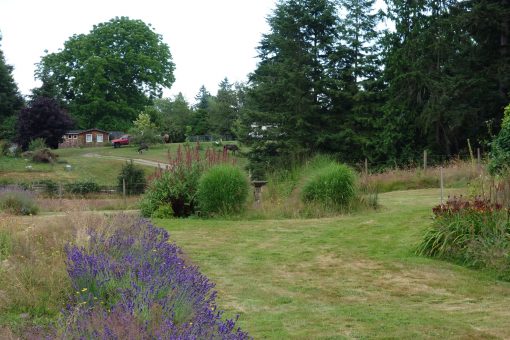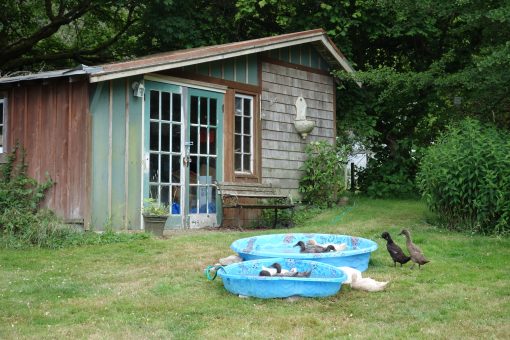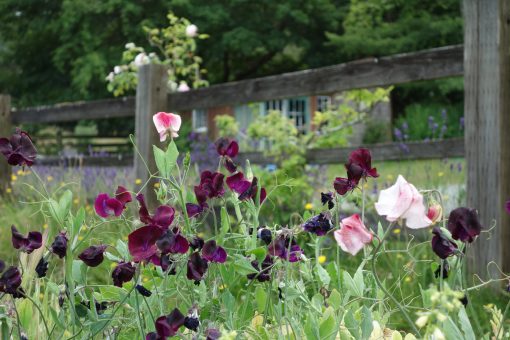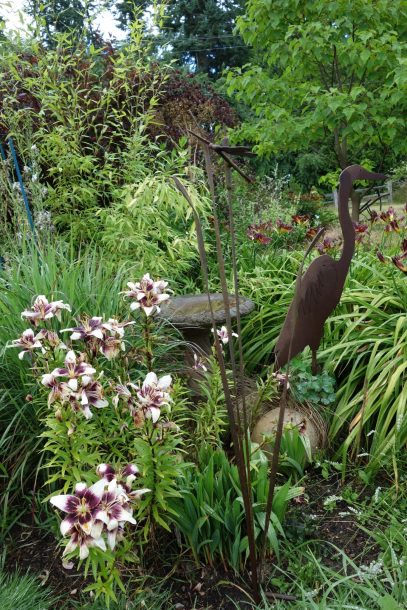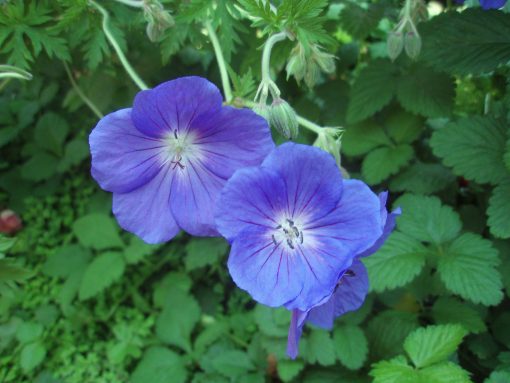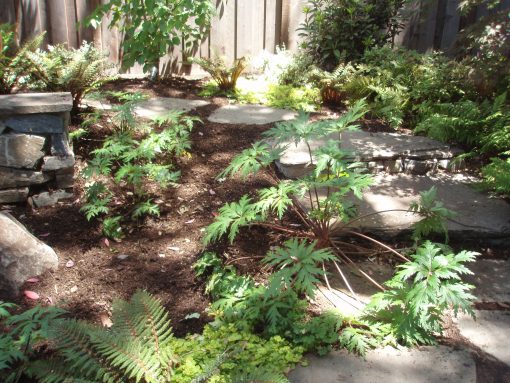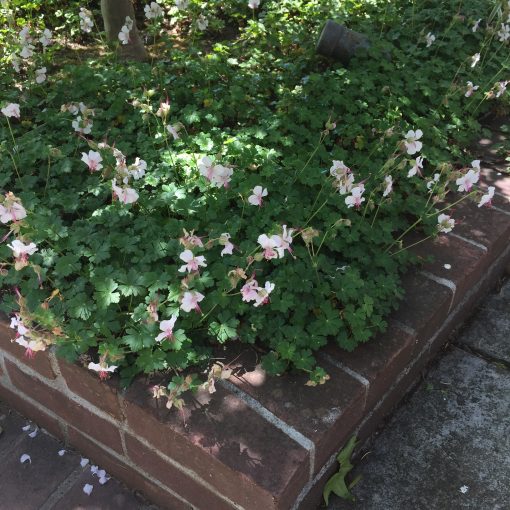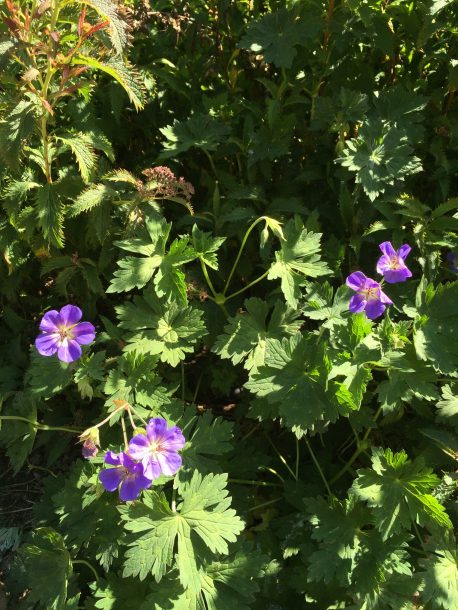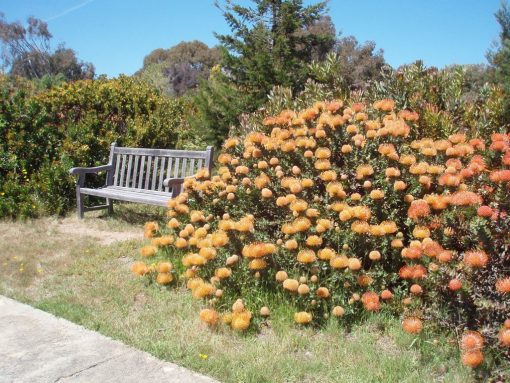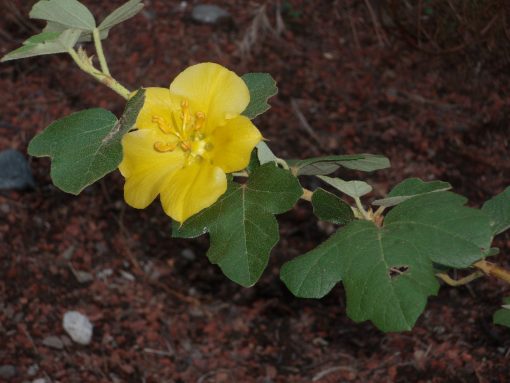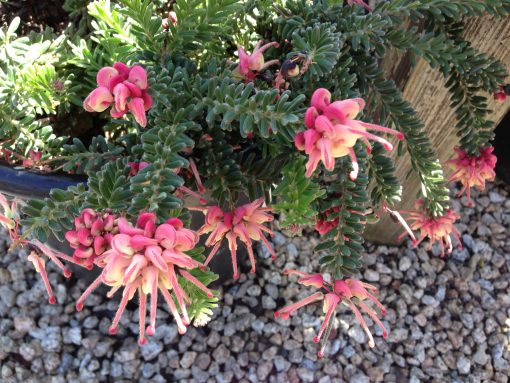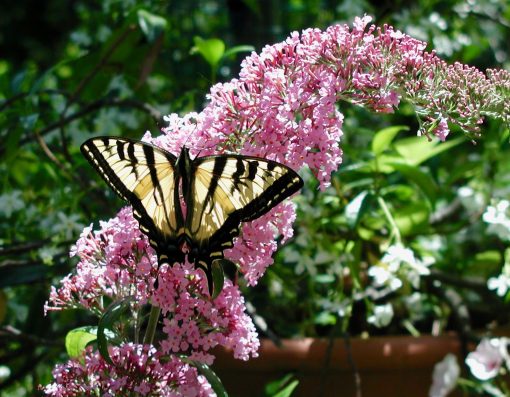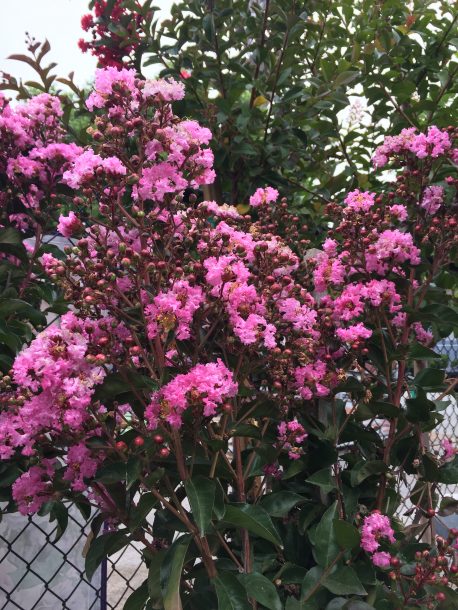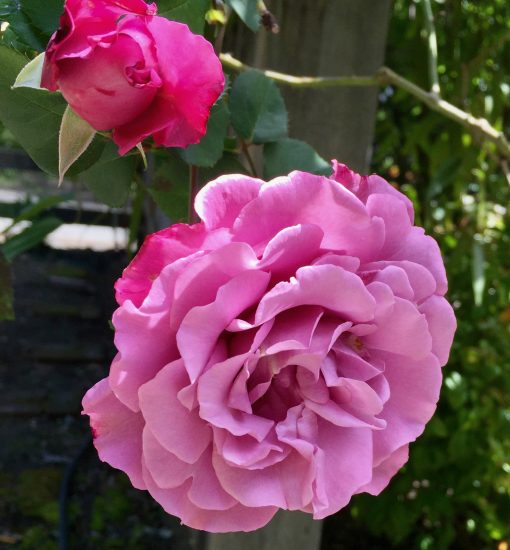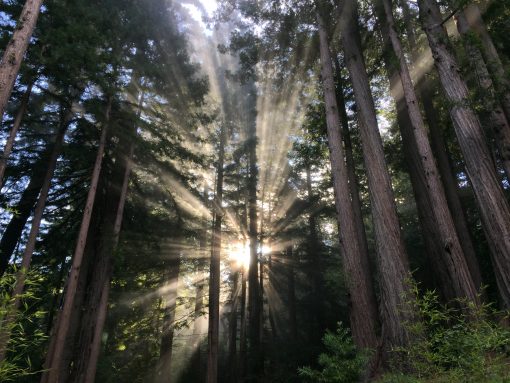
I?m not sure how the subject changed from heirloom tomatoes to the the number of gallons of water that a redwood tree uses daily but over lunch the other day with my friend, Colly, the food writer for the Press Banner, and Susan, another friend of ours, this discussion got me thinking about the weather. Is it too early for winter precipitation predictions when the snow has barely melted in the Sierra?
Weather shapes our lives. We celebrate when the weather is good although that might mean mild and sunny for the soccer game or a rainy day when we desperately need it. We watch the Weather Channel forecast and the satellite image for what?s headed our way. Our climate is changing but it?s the seasonal weather that gets out attention.
There have been several heat waves this summer. Recently the temps soared to the high 90?s and low 100?s in some places and remained high even at night. The next couple of days brought fog so thick it dripped from the trees. We know that redwoods thrive along the coast because of the fog. Have you ever wondered how much water a tree can get from this source?
Fog drip is precipitation that forms when fog droplets condense on the needles or leaves of trees. Redwoods especially are extremely efficient producers of fog drip but other conifers like Douglas fir and pines can collect quite a bit as do large madrone leaves. According to Dr. Todd Dawson, author of ?Redwood? by the National Park Service, ?A relatively small 100 foot tall redwood can gather the equivalent of four inches of rain in a single evening.?
Dawson?s studies have found that Doug firs along our coast produce anywhere from 7-27 inches of fog drip each year. He measured the fog drip below a single tanoak at a whopping 59 inches of precipitation along the Northern California coast. This summer moisture can provide as much as half the water coming into a forest for over a year. Trees can absorb a small amount of water through their needles and leaves, too. A redwood tree needs about 150 gallons of water each day. Every little bit helps in our summer dry climate.
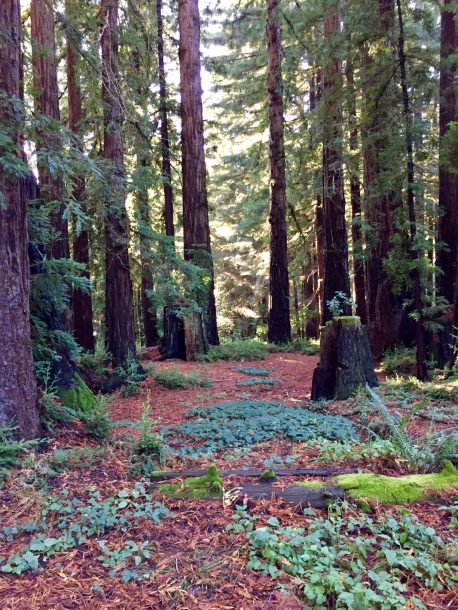
Because of the water that accumulates below the trees many plants like our native Western Sword fern, the small Epipactis orchid and Phantom orchid are found in these unique conditions.
Fog drip occurs every summer. Ask Mark Twain who said ?The coldest winter I ever saw was the summer I spent in San Francisco?.
But what about this upcoming winter?s rainfall forecast? What?s the latest on our chances of El Nino coming to visit and bringing more nice soaking rainfall with it?
According to the National Weather Service at NOAA, ? All in all, El Nino is still present, but just barely?. Winter is still a long way off and there are many possible outcomes from the current conditions. Hopefully, we?ll be on the winning side of these forecasts. Water conservation will always be a part of our lives. Start planning now the changes you want to make in your garden this fall.

